
Our mission
Our mission is to optimise infectious disease prevention, control and elimination by generating new evidence, providing innovative solutions, and supporting clinical and public health decision making.
We develop strong multidisciplinary partnerships with clinical and public health decision makers in order to co-create and design research questions and programs, collaborate on the implementation and evaluation of research interventions, and explore the application of innovative methods and new technologies to disease prevention and control.
We have extensive experience in infectious diseases and clinical epidemiology, including: operational research and field surveys, predictive risk mapping and modelling (spatial epidemiology), clinical trials, disease surveillance, systematic reviews and meta-analyses and the use of novel methods to aid inference, including Bayesian network, machine learning, social network analysis and dynamic data visualisation tools.
Twitter handle: @IDNET_UQ
Adjuncts
Affiliates
 Professor Patricia Graves (James Cook University)
Professor Patricia Graves (James Cook University)
 Associate Professor Meru Sheel (The University of Sydney)
Associate Professor Meru Sheel (The University of Sydney)
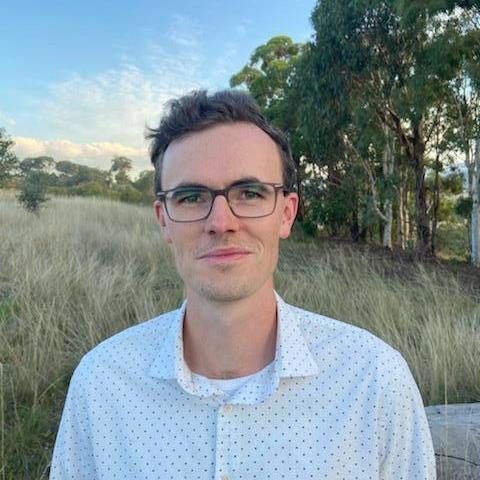 Dr Angus McLure (Australian National University)
Dr Angus McLure (Australian National University)
 Lt Col Brady McPherson (Australian Defence Force Malaria and Infectious Disease Institute)
Lt Col Brady McPherson (Australian Defence Force Malaria and Infectious Disease Institute)
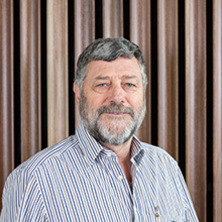 Professor Peter Sly (Child Health Research Centre, UQ)
Professor Peter Sly (Child Health Research Centre, UQ)
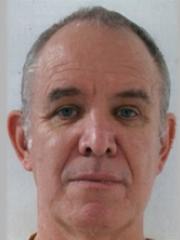 Professor Paul Jagals (Child Health Research Centre, UQ)
Professor Paul Jagals (Child Health Research Centre, UQ)
 Dr Aminath Shausan (CSIRO E-Health)
Dr Aminath Shausan (CSIRO E-Health)
Current students
 Thomas Callaghan (PhD, UQ School of Veterinary Sciences): A big data food-chain approach to the epidemiology of zoonotic foodborne illness in Queensland
Thomas Callaghan (PhD, UQ School of Veterinary Sciences): A big data food-chain approach to the epidemiology of zoonotic foodborne illness in Queensland
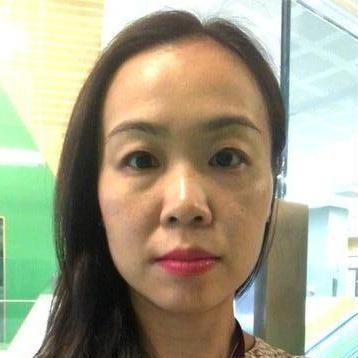 Dr Sophie Wen (PhD, UQ School of Medicine): Gram negative blood stream infections in children
Dr Sophie Wen (PhD, UQ School of Medicine): Gram negative blood stream infections in children
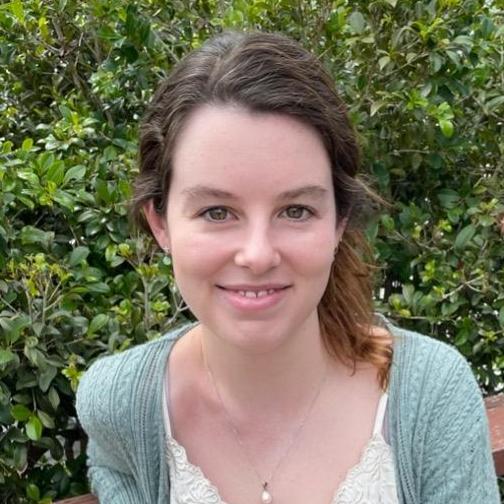 Jane Sinclair (PhD, UQ School of Chemistry and Molecular Biosciences): The long-term cardiovascular complications of COVID-19
Jane Sinclair (PhD, UQ School of Chemistry and Molecular Biosciences): The long-term cardiovascular complications of COVID-19
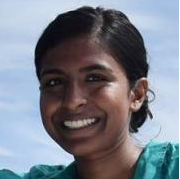 Ama Wakwella (PhD, UQ Centre for Biodiversity and Conservation Science): Delivering human and ecosystem health co‐benefits through integrated watershed management: improving disease prevention, fisheries, and marine environments in Fiji
Ama Wakwella (PhD, UQ Centre for Biodiversity and Conservation Science): Delivering human and ecosystem health co‐benefits through integrated watershed management: improving disease prevention, fisheries, and marine environments in Fiji
 Jemma Rowlands (PhD, School of Public Health): Enhancing infectious disease surveillance through the integration of routinely collected data
Jemma Rowlands (PhD, School of Public Health): Enhancing infectious disease surveillance through the integration of routinely collected data
 Nicky Foxlee (PhD, ANU School of Population Health, NCEPH): Developing Pathways to Improving Antibiotic Stewardship in Vanuatu
Nicky Foxlee (PhD, ANU School of Population Health, NCEPH): Developing Pathways to Improving Antibiotic Stewardship in Vanuatu
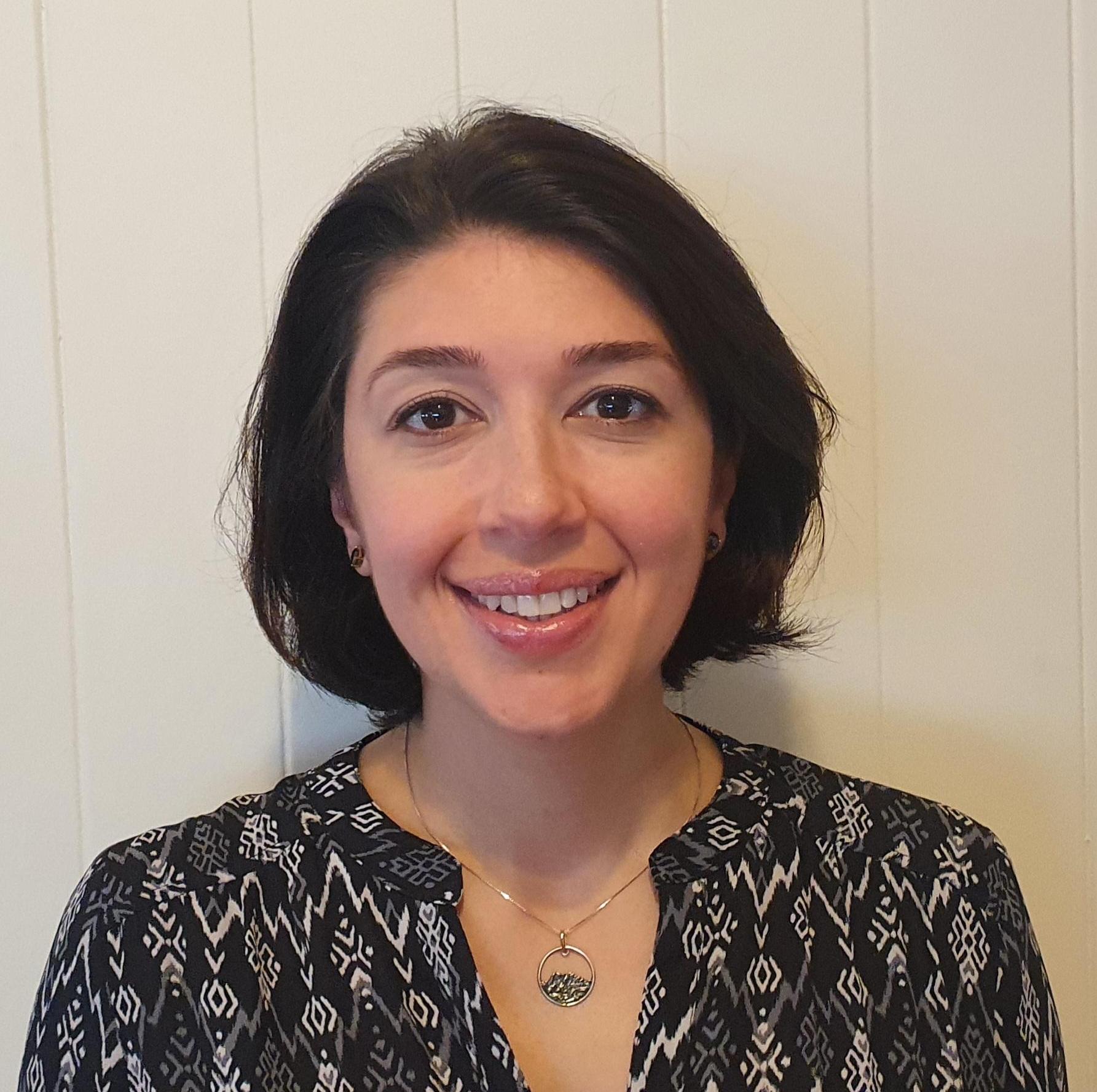 Dr Beatris Martin (PhD, School of Public Health): Spatio-temporal epidemiology of vector-borne diseases in the Dominican Republic
Dr Beatris Martin (PhD, School of Public Health): Spatio-temporal epidemiology of vector-borne diseases in the Dominican Republic
 Ramona Muttucumaru (Master of Philosophy in Applied Epidemiology (MAE) student)
Ramona Muttucumaru (Master of Philosophy in Applied Epidemiology (MAE) student)
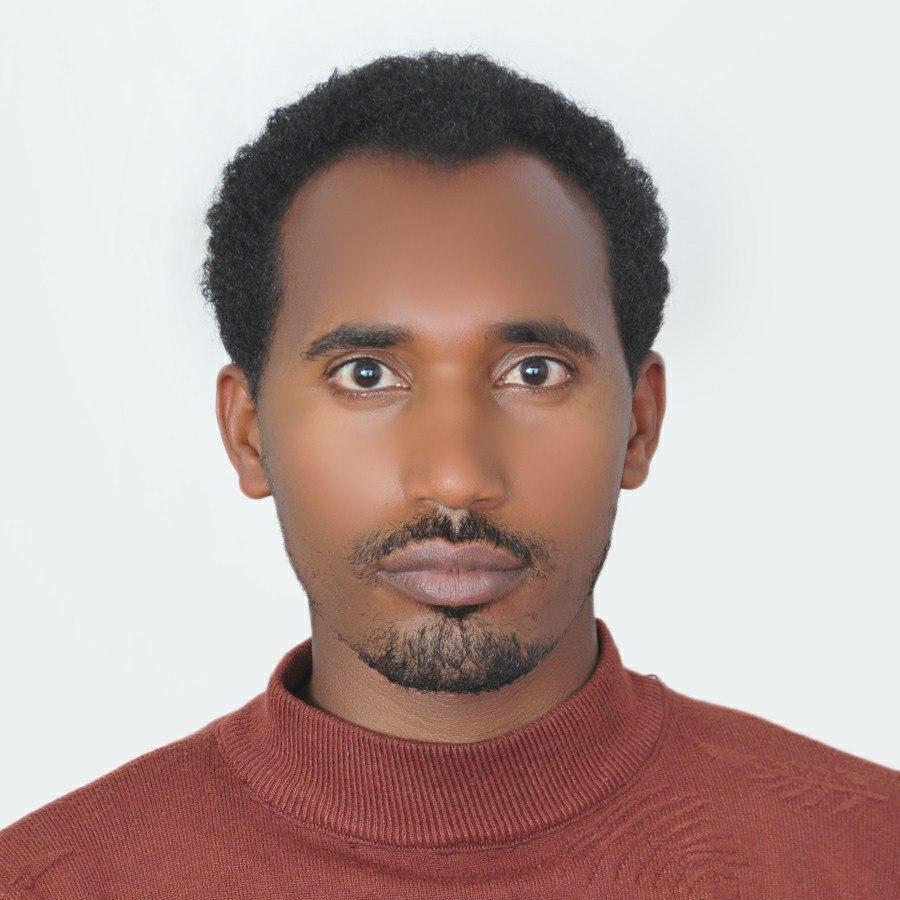 Wondimeneh Shiferaw (PhD, UQ Centre for Clinical Research): Assessing risk of importation of sexually transmitted infections into Australia by international travellers
Wondimeneh Shiferaw (PhD, UQ Centre for Clinical Research): Assessing risk of importation of sexually transmitted infections into Australia by international travellers
 Selina Ward (PhD, UQ Centre for Clinical Research) - Integrated Surveillance of Neglected Tropical Diseases and Vaccine-Preventable Diseases
Selina Ward (PhD, UQ Centre for Clinical Research) - Integrated Surveillance of Neglected Tropical Diseases and Vaccine-Preventable Diseases
 Dr Yan Zhu (Visiting Research Student)
Dr Yan Zhu (Visiting Research Student)
Subject expertise
- Neglected Tropical Diseases – lymphatic filariasis & others
- Emerging Infectious Diseases – leptospirosis, arboviruses, & others
- Travel medicine –malaria prophylaxis, vaccines, health & wellbeing of travellers
- Other infectious diseases
Methodological expertise
- Field surveys – electronic data collection & management, field laboratories
- Spatial epidemiology & predictive risk mapping & modelling
- Eco-epidemiology – environmental & sociodemographic drivers of disease transmission
- Clinical epidemiology, including clinical trials in travel clinic settings
- Surveillance
- Systematic reviews & meta-analyses
- Bayesian networks
- Novel epidemiological methods – machine learning, social network analysis, interactive & dynamic data visualisation tools
We collaborate with a variety of partner organisations. These include the World Health Organization, US Centers for Disease Control and Prevention, Ministries of Health and governments, and many leading universities and research institutions including Harvard, Yale, and London School of Hygiene & Tropical Medicine.
Australian partners include:
- Australian National University, James Cook University, University of Melbourne, University of NSW, Curtin University
- Australian Partnership for Preparedness Research on Infectious Disease Emergencies
- Australian Defence Force Malaria Infectious Diseases Institute (ADFMIDI) and the
- Australian Centre for the Control and Elimination of Neglected Tropical Diseases
- La Trobe University
- QIMR Berghofer
- Queensland Health
- Travel Medicine Alliance
- Clinical Research & Evidence Synthesis at Travel Medicine Alliance
We have a number of current international study partnerships in Samoa, American Samoa, Fiji, and the Dominican Republic.
International partners include:
- Harvard University
- London School of Hygiene and Tropical Medicine
- Task Force for Global Health, and Coalition for Operational Research on Neglected Tropical Diseases (COR-NTD)
- US Centers for Disease Control and Prevention
- Samoa Ministry of Health
- American Samoa Department of Health
- Dominican Republic Ministry of Health
Available student projects and staff contacts
Across our research team we have multiple student research projects available. Some examples are listed below, but please feel free to contact our team to discuss other options.
Professor Colleen Lau - Supervisor
- Integrated surveillance of neglected tropical diseases and vaccine preventable diseases in Samoa
- Epidemiology of notifiable diseases in Australia
- Vaccine preventable diseases in travellers
- Decision support tools for COVID-19 vaccines
COR-NTD Meeting for the Pacific Islands, 13 December 2023
Southern Cross Travel Medicine and Tropical Medicine Conferences, Brisbane 16-18 September
COVID-19 chart updated with Omicron risk of death, benefits of boosters (26 January 2022)
COVID-19 risks explained with new tool, Online tool helps assess risks from COVID-19 and vaccination, and Australian researchers launch COVID-19 calculator that assesses your risk from the virus (25 October, 2021)
NSW and Victoria admit they won’t get back to COVID-zero. What does this mean for a ‘fractured’ Australia? (13 September, 2021)
What is life going to look like once we hit 70% vaccination? (7 September, 2021)
National app maps COVID alerts across Australia and New coronavirus app shows real-time updates on hot spots across Australia (1 July, 2021)
Optimising disease detection in an interconnected world (21 May, 2021)














